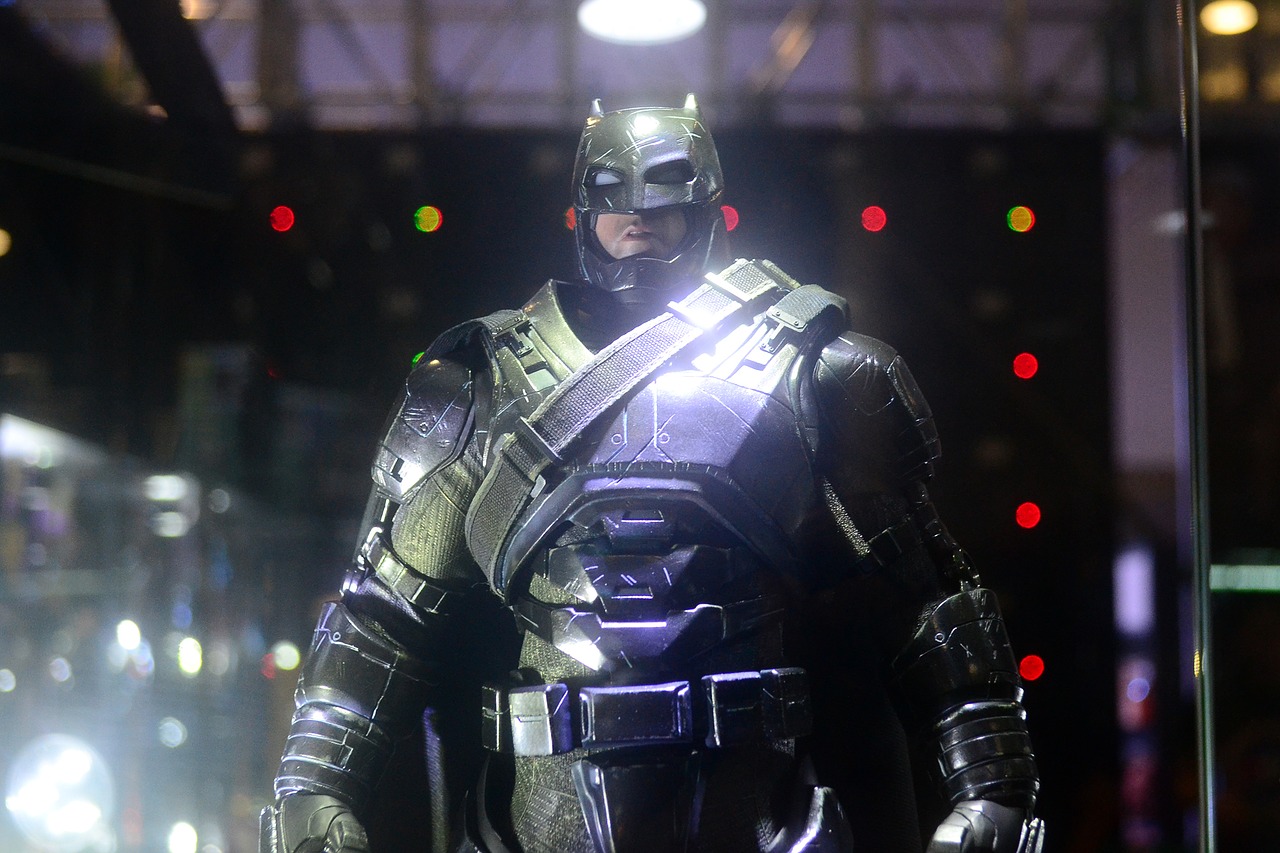Want to know how to protect yourself in the field better?
To protect themselves against dangerous adversaries, SWAT teams rely on ballistic shields. These protective gear items are also known as ballistic blankets or bunker shields. In addition, each member carries a personal shield.
SWAT members may even use a mobile personnel shield for their vehicles. In recent years, experts developed new improvements for better protection.
If you’re new in the field, you need the best protective gear.
Want to learn more about ballistic shields and their uses? This article covers a basic introduction to defense gear. Read on to find out more.
Protection Level
The NIJ, or the National Institute of Justice, classifies ballistic shields based on their protection levels. Each level protects its owner from different kinds of attacks and mobility requirements.
Level II ballistic shields are often made of soft armor. This level guards its user against common handgun rounds. This includes caliber like .40 s&w, 99mm, and 45 ACP.
Level IIIA shields the carrier from almost all handgun rounds. It can also protect users against 12 gauge shotgun slugs and 9mm submachine rounds. These shields may consist of either soft or hard armor.
Level III shields all consist of hard armor for rifle protection. Level IV takes this protection higher, stopping armor-piercing rounds from rifles.
Size and Shape
Ballistic shields can come in various sizes, ranging from half-body to full-body protection. Level IV shields also offer overhead protection and support more officers. The bigger the shield, however, the less mobility it has.
Each shield has a unique shape for different situations. Flat shields are best for direct attacks from the front. If you prefer more side protection, you’re better off with a curved shield.
V-shaped shields come with a tapered bottom. This shield shape is best for linear assault.
Dynamic shields may vary in style but offers a mounting platform for weapons. If an officer needs to engage an adversary, they can use the platform for gun deployment.
Weight
A ballistic shield’s weight will depend on its materials. Different brands may make shields out of aramid, carbon fiber, or hybrid composites. The material will also determine its hit capacity, protective performance, and user mobility.
Modern level III shields now weigh only 6kg or 14 lbs. This is a great upgrade from older models, which used to weigh 23kg or 50 lbs.
Design
Ballistic shields can support various other features, like a viewport. This allows the officer to keep their eyes on the target and gives a higher tactical advantage. These clear windows are also bullet-resistant and often made from polycarbonate.
Shields may even have different handle designs. The standard for each agency will depend on their SOP or Standard Operating Procedure.
Want to build your own defense gear? Check out this custom 3D Shield Builder – Blueridge Armor.
Ballistic Shields and Other Protective Gear
Finding the right protective gear is only the beginning if you work in the field. Officers get unique training for each type of shield. With the right training and shield, you get a higher advantage in any close combat situation.
Thanks for reading our article. For more great content, check out our other blog posts.



